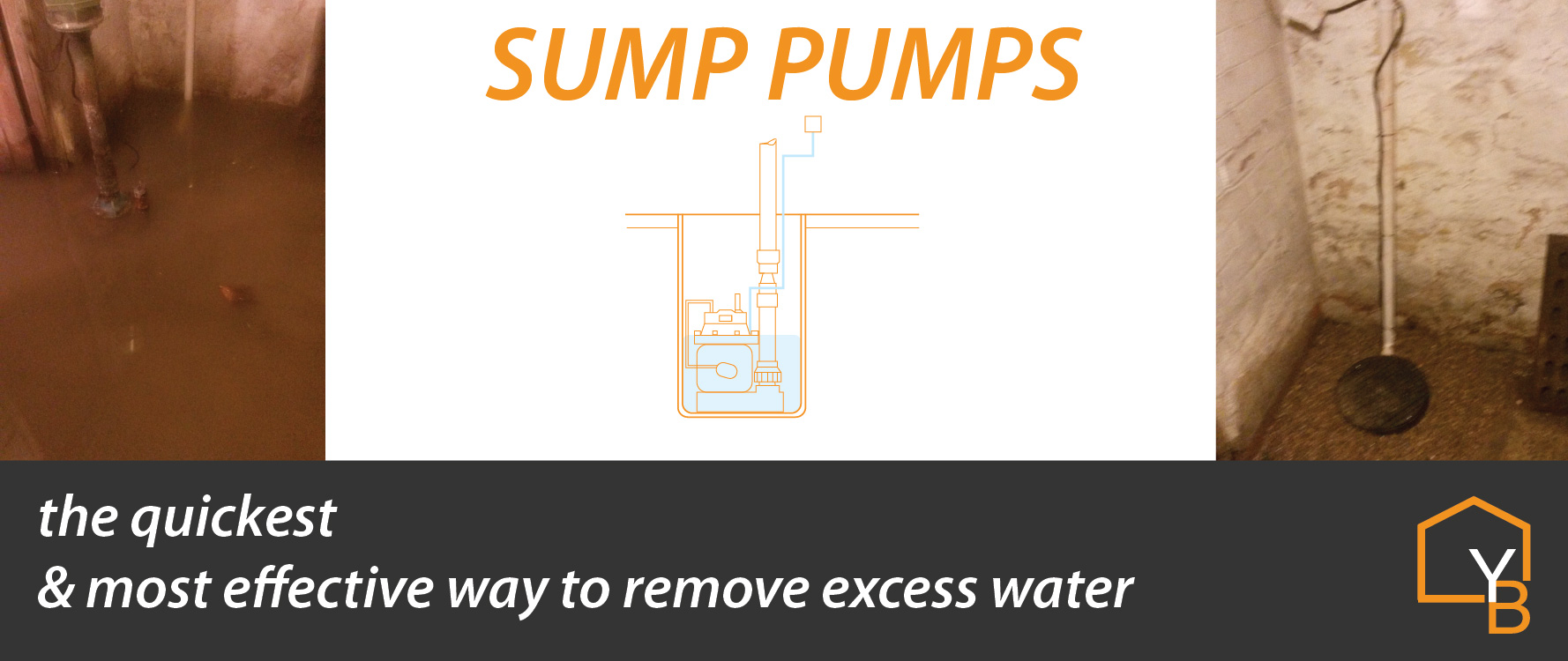
Top 5 Risk Factors For Basement Drainage Problems
1. Your Basement Has Flooded Before
2. You Live In A Low Lying Area
3. You Live Somewhere That Experiences Large Amounts of Rainfall or Snow
4. You Live Close to Areas Where There Are Known To Be Underground Rivers
5. You Live in an Urban Area Urban areas are most prone to flash flooding due to the large areas of non-permeable ground surfaces, chocked up drainage systems, or buildings are located in known flood plains
Does your basement suffer from standing water, or seasonal flooding?
If you suffer from a damp basement, have standing water or your cellar is prone to seasonal flooding, it can often be a major cause for concern. Finding the source of the ingress of water can often be a difficult, time consuming and expensive process, with no guarantees of accurately identifying the origins. If after common problems causing damp in basements have been checked and corrected, and your basement still suffers from water ingress, there is a solution!
The quickest and most cost effective way to remove excess water from your cellar, and prevent structural damage to the foundations is to install a basement flood pump, also known as a sump pump.
5 Reasons to get a Sump Pump
1. Keeps your basement dry to protect possessions against water damage Sump pumps automatically remove excess water from the basement when the sump pit starts to fill with water.
2. Stabilises the surrounding soil Often in areas where there are aquifers sump pumps are used to help stabilise the soil, which in turn helps stabilise the building itself.
3. Helps prevent mould and mildew Excess moisture, even if it is not causing direct damage to your basement, is a concern because it can lead to growth of mould and mildew. Mould and mildew are not only unsightly, but untreated can lead to both structural and health problems. Sump pumps remove the excess water that can cause mould and mildew growth
4. Adds value to your home Having a sump pump raises the value of your property because it shows potential buyers the property is structurally sound and that mould and mildew are under control.
5. You already have a sump pump, but it's more than 6 years old Sump pumps can last up to 10 years, but if your pump is older than 6 years it may be worth getting it replaced to ensure continued reliable protection of your basement
The Solutions We Offer
Standard Sump Pump System
The standard sump pump system is for those in need of a quick and cost effective solution to their basement water problems. This solution comprises a single sump pump running off mains electricity.
Find out moreBattery Back-up Pump System
The Battery Back-up system is an automatic, battery-powered sump solution for basements suffering from fluctuating water levels. Comprising a main sump pump running off mains power and a secondary battery powered pump. The secondary pump turns on in the event of a power outage or can be used to support the primary pump if water volumes increase.
Find out morePump Servicing & Maintenance
Get piece of mind with our annual pump maintenance and replacement service
Find out moreThe Basement Flood Pump is an integral part of ANY basement waterproofing system that is installed because all water management systems direct the water to the pump which then physically removes it from the basement.
How it works
A basement flood pump is a small, robust water pump installed in the lowest part of a basement to drain water away from structural elements of a building.
The sump pumps are placed into specially constructed sump pits. The pits are usually 60cm deep (2 foot) and approximately 45cm in diameter (18 inches) to easily accommodate a submersive sump pump.
The water then flows into the sump pit either through specially engineered drains or by natural water migration. As the pit fills with water, a float switch is activated on the pump, which then drains the water through pipework into a main drainage system.
The Pumps We Use
Yorkshire Basement Systems carefully select the right basement flood pump for your requirements based on cellar size, quantity of water removal required, and pump efficiency.
All our basement flood pumps:
